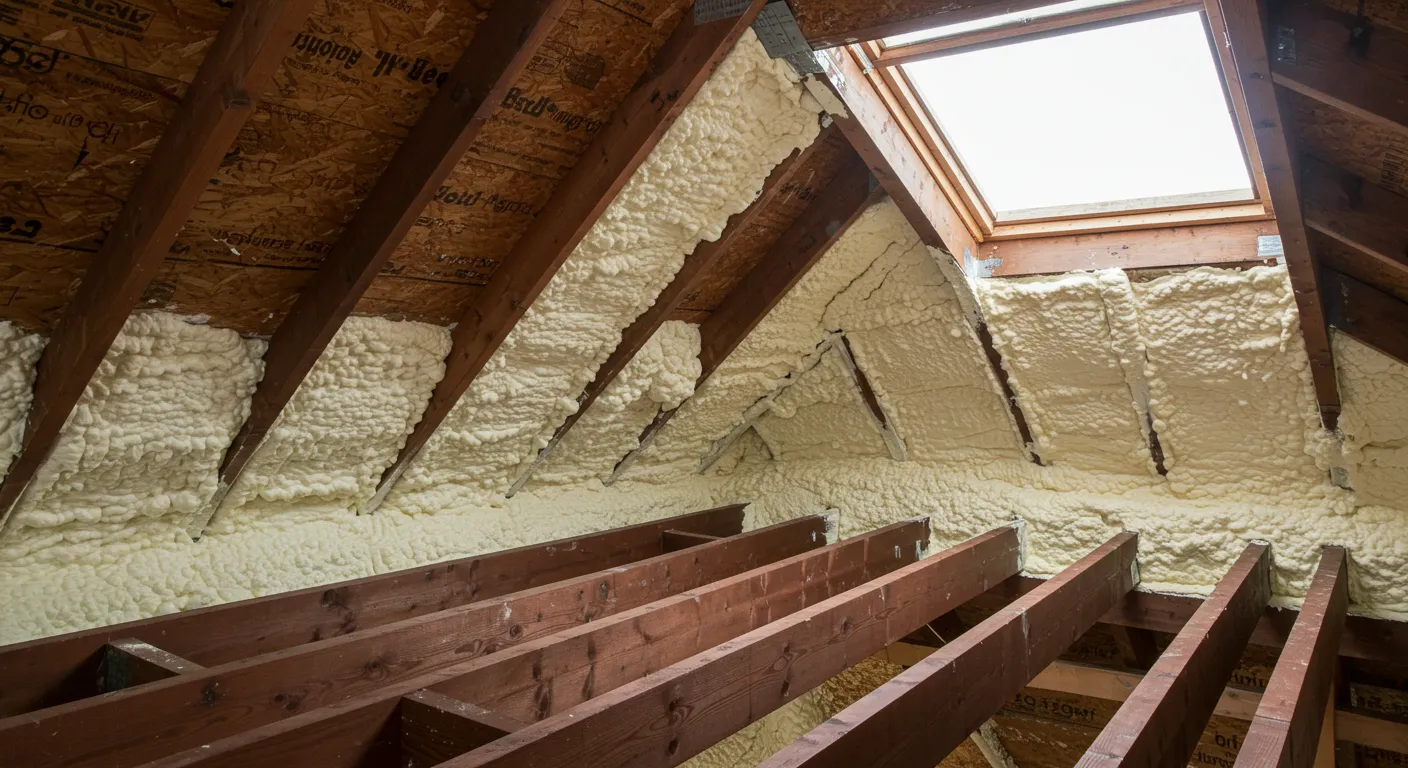
Choosing the right insulation for a home or commercial building is crucial for energy efficiency, comfort, and cost savings. While spray foam insulation is a popular choice due to its high R-value and air-sealing properties, some homeowners and builders seek alternatives that offer similar or superior benefits. This article explores insulation options that may be better than spray foam insulation in terms of cost, sustainability, ease of installation, and performance.
Spray foam insulation is a polyurethane-based material that expands upon application to create an airtight seal. It is available in open-cell and closed-cell varieties, each with distinct properties. While it is known for its high thermal resistance and ability to reduce air leakage, it also has drawbacks, such as high cost, potential off-gassing, and installation complexities.
Several insulation materials can outperform spray foam insulation in specific areas. Here are some of the top alternatives:
Fiberglass insulation consists of fine glass fibers and is available in batts, rolls, or loose-fill forms. It provides good thermal resistance and soundproofing while being a cost-effective solution.
Cellulose insulation is composed of shredded recycled paper treated with fire-retardant chemicals. It is a sustainable choice with a decent R-value and minimal environmental impact.
Mineral wool, also known as rock wool or slag wool, is composed of natural rock or industrial waste byproducts. It is a highly durable insulation material that provides strong thermal and acoustic insulation.
Rigid foam boards, including expanded polystyrene (EPS), extruded polystyrene (XPS), and polyisocyanurate (polyiso), offer a strong alternative to spray foam in new construction and retrofit projects.
Radiant barriers work by reflecting radiant heat rather than absorbing it, making them an excellent option for attics and other areas exposed to intense sunlight.
Natural fiber insulation materials, such as sheep’s wool, cotton, and hemp, are gaining popularity due to their environmental benefits and effective insulation properties.
| Insulation Type | Cost | R-Value | Eco-Friendliness | Fire Resistance | Soundproofing |
| Fiberglass | Low | Medium | Moderate | Moderate | Moderate |
| Cellulose | Low-Medium | Medium-High | High | Moderate | High |
| Mineral Wool | Medium | High | Moderate | High | High |
| Rigid Foam | Medium-High | High | Low | Moderate | Moderate |
| Radiant Barrier | Low | Variable | High | Low | Low |
| Natural Fiber | Medium | Medium | High | Low | High |
Selecting the best insulation material depends on various factors, including:
Choosing the best insulation depends on individual needs, budget, and sustainability preferences. While spray foam offers excellent energy efficiency, alternatives like fiberglass, cellulose, and mineral wool provide competitive performance with additional benefits such as affordability, fire resistance, and eco-friendliness. Homeowners and builders in Vancouver, WA, should consider these options to find the best fit for their insulation needs.
For expert advice on insulation solutions, contact Supreme Spray Foam of Vancouver.
While spray foam insulation provides high energy efficiency, other materials like rigid foam or mineral wool can offer similar benefits at a lower cost.
Cellulose and natural fiber insulation are among the most environmentally friendly options due to their use of recycled and biodegradable materials.
Mineral wool and cellulose insulation provide excellent soundproofing due to their dense structure.
Fiberglass batts, cellulose, and natural fiber insulation are DIY-friendly, while spray foam and rigid foam often require professional installation.
Yes, natural fiber insulation, such as wool or cotton, is non-toxic and safe to handle without protective gear.
Closed-cell spray foam, rigid foam boards, and mineral wool perform well in extremely cold conditions due to their high R-values.
Spray foam is one of the most expensive insulation options, while fiberglass, cellulose, and mineral wool offer more cost-effective solutions.